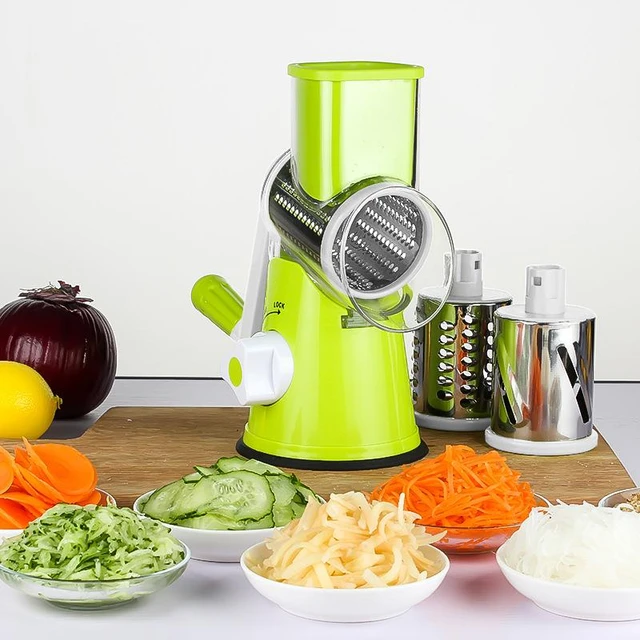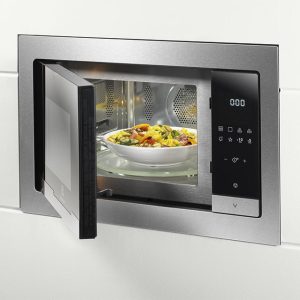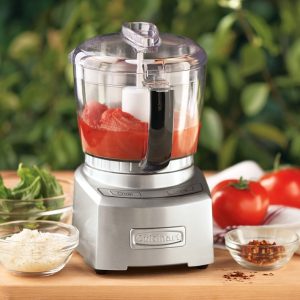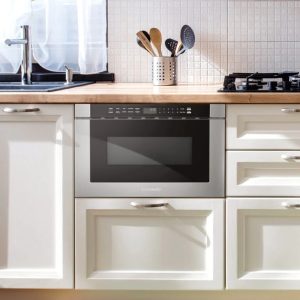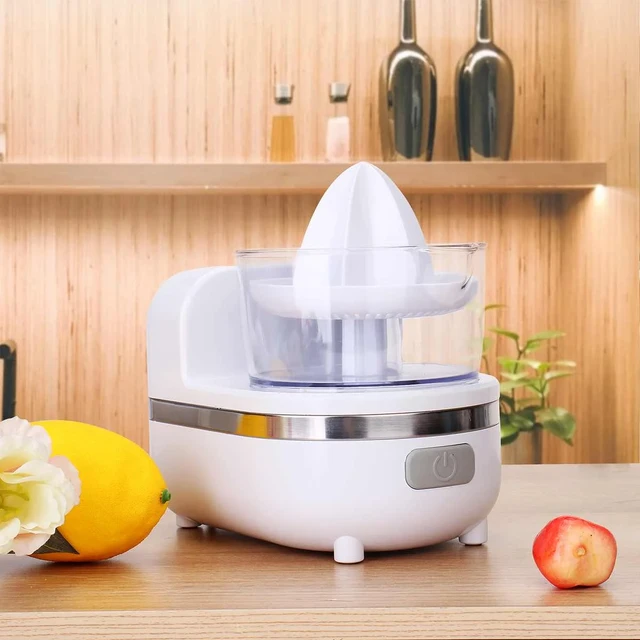
In the modern kitchen, appliances are often designed to simplify cooking processes and make meal prep more efficient. Among these are the blender and the food processor, each serving unique functions. However, a common question arises: can you use a blender in place of a food processor? While both machines can mix and combine ingredients, their specific capabilities have distinct differences. This article will explore their functions, advantages, disadvantages, and specific use cases, ultimately helping you determine whether you can effectively use a blender as a substitute for a food processor.
Understanding Blenders and Food Processors
What is a Blender?
A blender is a kitchen appliance primarily designed to create smoothies, soups, sauces, and other liquid-based recipes. It consists of a motor base, a jar with blades at the bottom, and often a lid. The blades spin at high speeds, easily breaking down softer ingredients and creating a homogeneous mixture or liquid.
What is a Food Processor?
In contrast, a food processor is more versatile, designed for chopping, slicing, grinding, and shredding various ingredients, including harder items like nuts and vegetables. Its components typically include a bowl, a motor base, and interchangeable blades and discs that allow users to perform a wider range of food preparation tasks.
Advantages of Blenders
Simplicity and Speed
One of the primary advantages of using a blender is its ease of use. Most blenders have a straightforward operation—just add your ingredients, secure the lid, and press a button. Blenders can quickly purée fruits and vegetables, making them ideal for smoothies or soups.
Efficiency with Liquids
Blenders excel in breaking down softer ingredients and turning them into a liquid form. If your primary goal is to create beverages, sauces, or soups, a blender is often the best choice. Its ability to blend things into a smooth consistency means it can tackle liquid-based recipes with more efficiency compared to a food processor.
Cleaning Convenience
Due to their simpler structure, a blender is often easier to clean. The smooth interior of the jar can be rinsed out easily, and most are dishwasher-safe. This means that if you’re short on time, a blender can be a more convenient option for meal prep, especially for liquid-heavy recipes.
Advantages of Food Processors
Versatile Food Prep
Food processors are incredibly versatile and can perform a wide range of tasks beyond just blending. They can chop, slice, shred, and even knead dough, making them essential for more complex cooking processes. If you’re making a meal that requires various techniques—such as chopping vegetables and grinding spices—a food processor is typically the better choice.
Better for Solid Foods
Food processors are equipped with specialized blades and slicing discs that allow them to handle hard and solid foods more effectively. This capability is especially important when preparing ingredients like nuts, certain cheeses, and firm vegetables, which might not blend well in a blender.
Capacity and Power
Food processors often come in larger bowl sizes, enabling them to process more ingredients at once. This larger capacity is particularly beneficial when preparing meals that require substantial prep work, such as large salads or bulk meal prep.
Disadvantages of Blenders
Limited Functionality
While blenders are excellent for liquefying ingredients, their functionality is limited when it comes to chopping or slicing. If you need to prepare a wide range of ingredients, a blender may fall short of meeting your needs.
Less Efficient with Solid Foods
Blenders struggle with denser or solid foods unless they are first cut into smaller pieces. Trying to blend hard items can result in uneven blending and may require more liquid to achieve the desired consistency, leading to potential waste.
Disadvantages of Food Processors
Bulkiness
Food processors tend to be bulkier and take up more counter space than blenders. This can be a consideration if you have limited kitchen storage or counter space.
Complexity
While food processors offer versatility, they can also be more complicated to operate. With multiple attachments and blades, the learning curve may be steeper, especially for those unfamiliar with the various functions.
Cleaning Challenges
Given their more complex designs, food processors can be more challenging to clean. The multiple components mean more parts to wash and dry, which can be a consideration for time-strapped individuals.
Specific Use Cases for Each Appliance
When to Use a Blender
- Smoothies and Shakes: If your primary goal is to create a drink or a smooth consistency, a blender is undoubtedly the best option.
- Soups: For homemade soups, especially those that require puréeing, a blender can create a smooth and velvety texture.
- Sauces: Whether it’s salad dressings or sauces, a blender can easily emulsify liquids and solids for a smooth finish.
When to Use a Food Processor
- Chopping Vegetables: For salads or recipes requiring chopped vegetables, a food processor can quickly and uniformly chop ingredients.
- Making Dough: If you’re baking and need to prepare dough, a food processor can effectively combine dry and wet ingredients.
- Shredding Cheese or Vegetables: A food processor excels in shredding cheese, carrots, potatoes, or any ingredients needing a fine texture.
Hybrid Use Cases
In some instances, both appliances can be used in tandem, leveraging their unique strengths to achieve desired results.
Dips and Spreads
For making dips like hummus, you can use a food processor to blend chickpeas and tahini, and then transfer to a blender for a smooth finish if needed. This hybrid approach maximizes the contribution of both appliances.
Layered Recipes
In layered recipes like lasagna, you can use a food processor for preparing the sauce and vegetables while using a blender for any liquid components that require smooth blending.
 Tips for Making the Switch
Tips for Making the Switch
If you decide to give it a shot and attempt to use a blender in place of a food processor, here are some tips to keep in mind:
Prep Ingredients Accordingly
Before blending, cut denser ingredients into smaller pieces to make them more manageable. This will help achieve a uniform blend.
Adjust Liquid Levels
If a recipe calls for a food processor and you intend to use a blender, be prepared to adjust the liquid content. A blender requires more liquid to process items effectively.
Use the Right Settings
Many modern blenders come with various settings. Use the appropriate setting for your task—ice crush for frozen fruits, purée for smooth sauces, etc.
Don’t Overfill
Blenders can overflow if overfilled, especially when blending dense ingredients. Work in smaller batches if necessary.
Conclusion: can you use a blender in place of a food processor
Can you use a blender in place of a food processor? The answer largely depends on the specific tasks you want to accomplish. While a blender can handle a significant range of mixing and blending tasks, it may not always be the most effective tool for preparing foods that require chopping, shredding or other solid food preparation techniques. If you often focus on smoothies, soups, and sauces, a blender will serve you well. However, if your culinary adventures lead you to a diverse array of tasks, investing in a food processor might be the more prudent choice. Ultimately, knowing the strengths and limitations of each appliance will empower your cooking endeavors, ensuring that you choose the right tool for the job, whether it’s a blender or a food processor.

